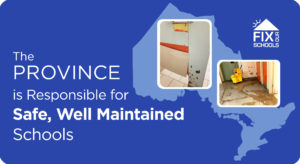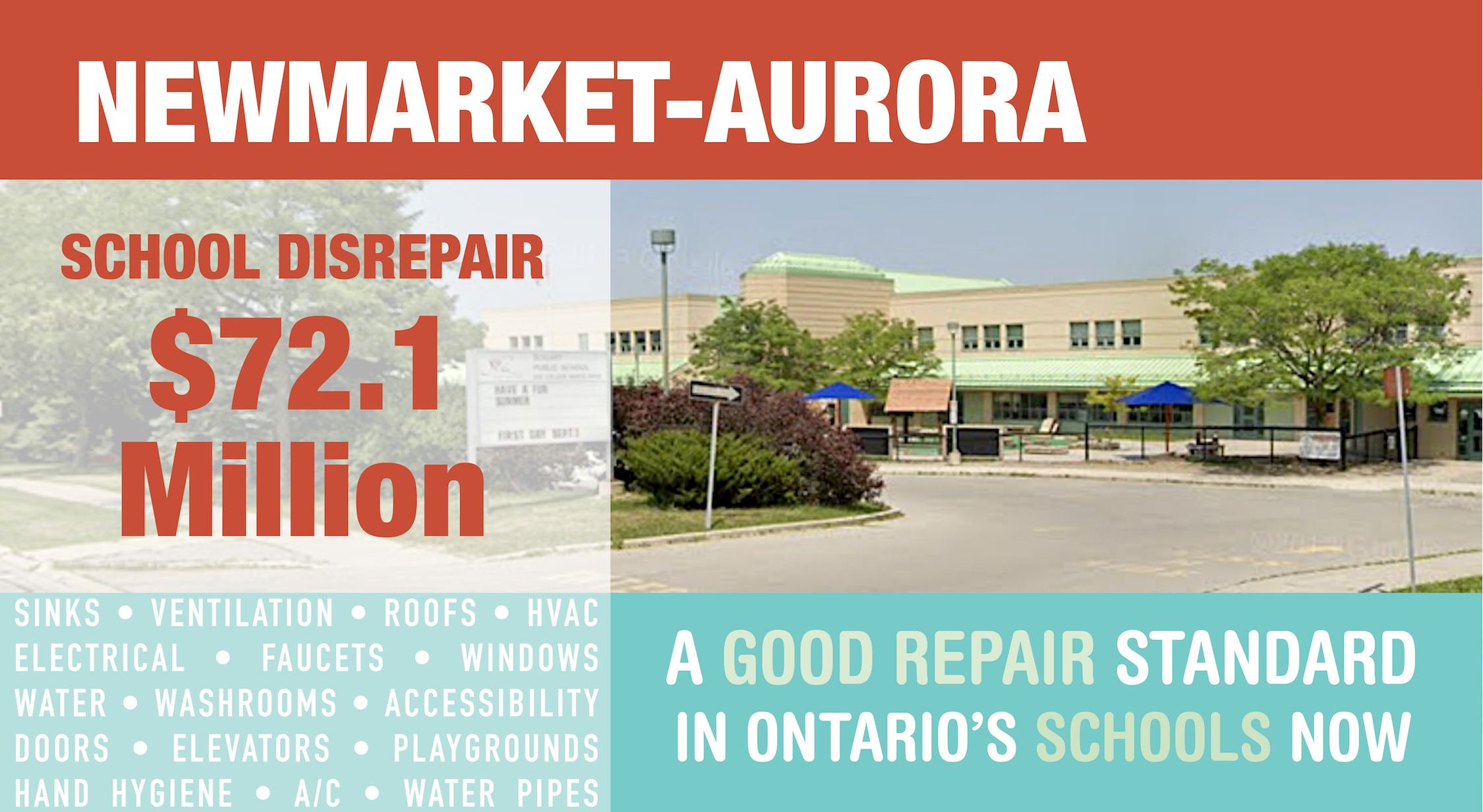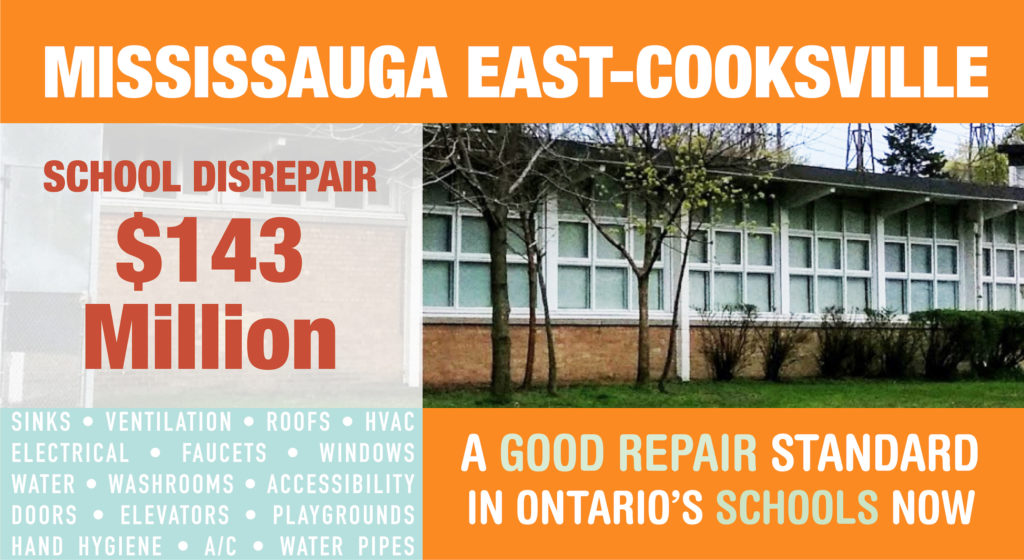Ever since Fix Our Schools began in 2014, we’ve been absolutely stymied by how our provincial government could allow an outdated regulation to continue, which allows Toronto developers to get away without contributing one penny to the local TDSB public school infrastructure, from which they profit. Under two successive provincial governments, Fix Our Schools has been unsuccessful in achieving a change to the provincial regulation O.Reg 20/98 that guides the eligibility for and application of Education Development Charges (EDCs).
In the years since 2014, the Toronto District School Board has also requested the Province look into a change of this outdated regulation and, in fact, went so far as to file with the Ontario Superior Court of Justice that this provincial regulation is “constitutionally inoperative and unfair”. Other stakeholders, such as the Ontario Public School Board Association (OPSBA) and Toronto City Council, have also requested the Ontario government to revisit O.Reg 20/98.
But to no avail – as of September 21, 2020, Toronto Developers continue to get away without contributing one penny to local TDSB school infrastructure. However, there is a renewed interest in changing this outdated provincial regulation with the release of a joint paper entitled, “The Missing Money Our Schools Need Now: Education Development Charges in Toronto”.
This newly-released report by Fix Our Schools, the Broadbent Institute, and Progress Toronto is featured in a September 22 Toronto Star article by Jennifer Pagliaro entitled, “Other Ontario school boards can collect millions from developers – but not the TDSB”. Pagliaro highlights from the report that “amid a pandemic, the time is now for the province to allow the TDSB to collect fees from developers to help build and repair packed and aging schools — money that’s now needed to make necessary adjustments for social distancing, fresh air and more.”
On Sunday, September 27, the Toronto Star Editorial Board published the opinion that “Ontario is needlessly handcuffing TDSB’s ability to repair and build schools”. The editorial piece agrees with Fix Our Schools, the Broadbent Institute, and Progress Toronto that there is an inherent problem with the outdated provincial regulation guiding the eligibility for and application of EDCs, and emphasizes that “the COVID-19 pandemic has also shown how inadequate infrastructure can make it hard to keep kids safe: cramped classrooms, lack of proper ventilation (such as windows that open), and the absence of handwashing sinks in classrooms all make preventing the spread of infections extremely difficult.”
If you would like to see Toronto developers pay into the local public schools from which they profit, please take a minute to sign this petition and tell Premier Ford to make developers pay their fair share. A simple change of this outdated provincial regulation could allow the Toronto District School Board to collect millions of dollars that could be invested in school retrofits (such as ventilation), repairs, expansions, and new schools.
In response to the release of this new report, Saman Tabasinejad from Progress Toronto is quoted as saying, “The overcrowded and crumbling schools in growing neighbourhoods is an equity issue. Toronto had 150 over-capacity schools before the COVID-19 shutdown and the pandemic has only exposed the public health risk of packed schools and infrastructure that is in disrepair. The missing money is creating another systemic barrier standing in the way of building healthy, inclusive communities, at the expense of equity-seeking communities.”
Katrina Miller from the Broadbent Institute said, “We can fix our schools by fixing this outdated regulation. Our schools are old and cramped because developers exploited a loophole, pocketing hundreds of millions that should have gone to make our kids’ schools safe.”
And Krista Wylie from Fix Our Schools stated, “Our call for action has support from left-wing City Councillors to Conservative MPPs. Developers profit from building near good public schools and transit. These same developers ought to contribute monetarily to this public infrastructure. The fact that developers in Toronto have gotten away for so long without contributing one penny to public schools is maddening when so many Toronto schools are overcrowded and in disrepair.”
In this pandemic environment, school infrastructure that is safe, healthy, well-maintained, and not crowded is even more important. Now is the time for our provincial government to make the simple regulatory change required to see Toronto developers start paying their fair share to TDSB schools.



